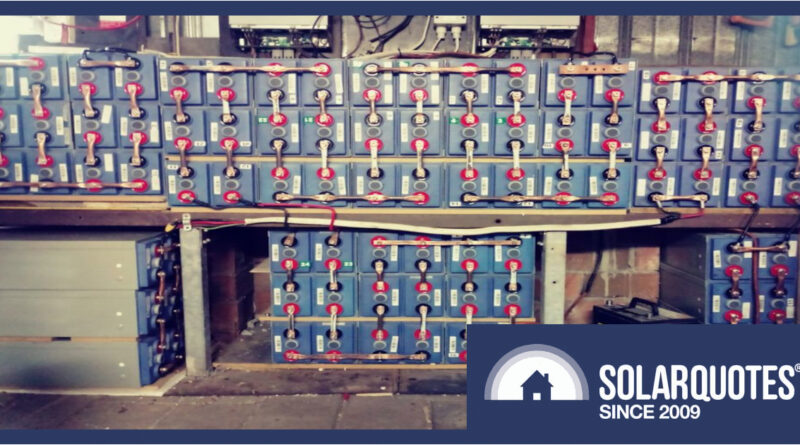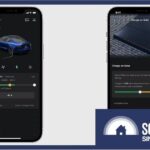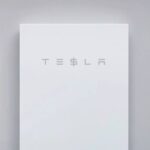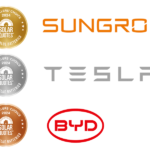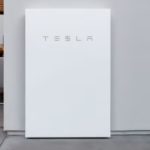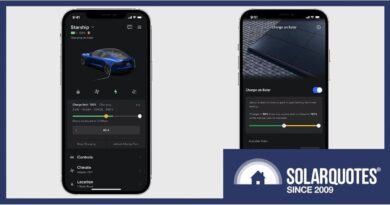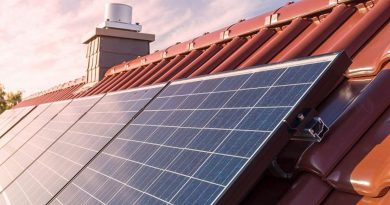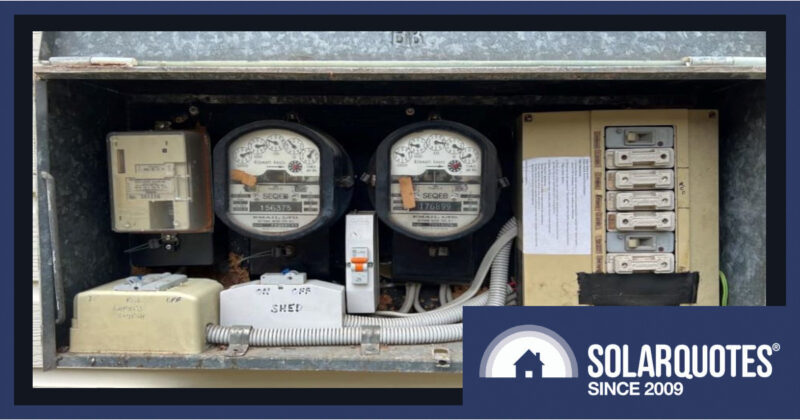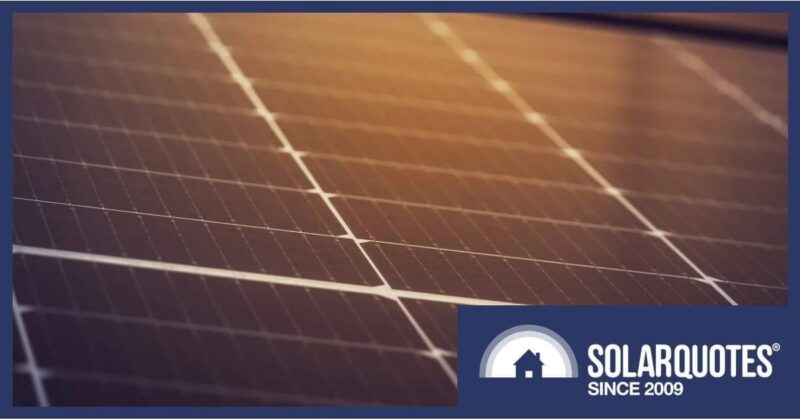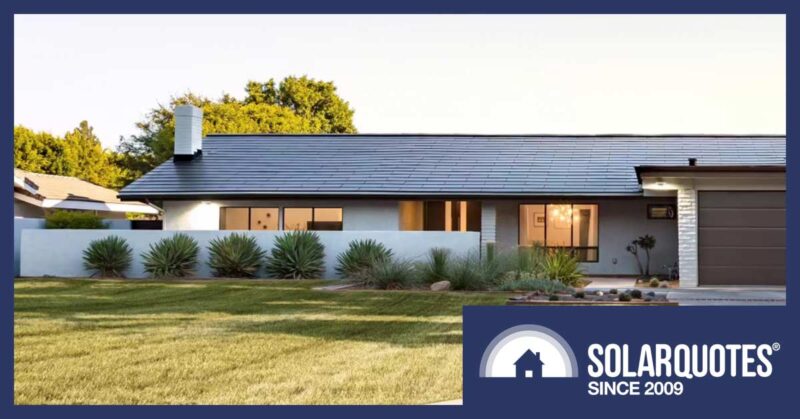An Australian Installer’s Take On Home Battery Brands
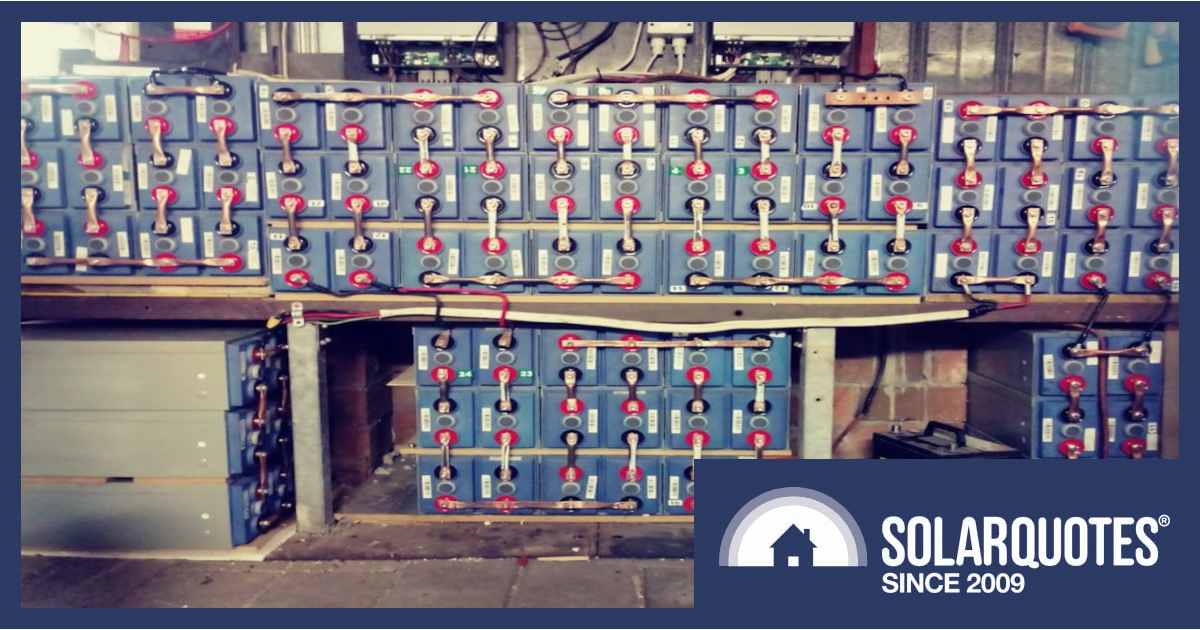
We recently polled installers in the SolarQuotes network to discover their favourite home batteries. Tesla, Sungrow and BYD batteries took the podium.
This post looks a little deeper into the winning brands from an experienced battery installer’s perspective.
Tesla
Powerwall: the Hoover of home batteries.
There are a few daily items that adopt a trade name as a generic descriptor. In England, it was Hoover that lent their name to vacuuming your house. In Australia, it was Malleys Esky that became the ubiquitous name for any ice box you travelled with. I’m not making any promises, but household battery storage seems to have adopted a trade name too.
There are DIY groups for making your own Powerwall, while inverter manufacturer Sofar have decided to wave their red cape at Tesla’s bullish legal department by calling its white stack of batteries a “Powerall”.
Tesla has a simple home battery solution. There’s one model, it’s shiny white and does what it says on the tin. There’s a nice clean app and if you want more, they can be stacked. From a superficial consumer perspective, they’re an attractive piece of kit.
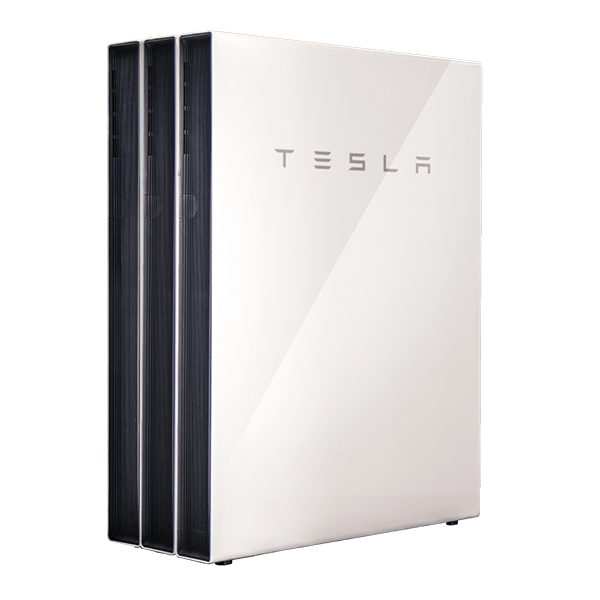
3 stacked Powerwalls
Thankfully there’s some substance to Tesla Powerwall too. They pack a good amount of storage and surge capacity to back up loads when the grid goes down, as well as compatibility with various VPPs and third-party apps.
From an installer’s perspective, the Powerwall offers something priceless: a lack of problems. They are straightforward to set up, the gateway offers space for cable, circuit breakers and decent-sized terminations. Legacy solar can be monitored remotely with wireless neurio devices.
Of the installers I have spoken to, they say they’ve had a handful of problems, and most of those have been remotely diagnosed by Tesla themselves, who then send their own technicians to make good. It will be interesting when Tesla releases their own solar inverter in Australia.
The Powerwall’s Achilles Heel
AC coupled batteries are easy to retrofit because they have their own inverter. But that inverter can count toward the total inverter capacity your Distributed Network Service Provider (DNSP) allows. Why does it matter? You can have all the storage you want, but without surplus solar energy to charge it, the capital and energy invested won’t pay off anytime soon.
For example, if you have a single-phase house, 5kW of legacy solar system, and a 10kW ceiling imposed by the DNSP :
Scenario 1
- a 5kW Powerwall uses half your connection capacity
- a 5kW solar inverter takes up the balance
- That inverter can have 133% overdrive; i.e. 6.6kW of solar PV
- 150% or 200% is not available without forgoing upfront incentives because, technically an AC-coupled battery means the system is not eligible for STCs on full manufacturer solar capacity.
Scenario 2
- A 5kW solar inverter is half the connection capacity, with 6.6kW of solar PV
- A 5kW DC coupled hybrid inverter is installed for the balance
- Depending on manufacturer specification, that hybrid can have 7.5 or 10kW of solar PV, with STCs paid on the solar.
- If a compatible AC coupled solar inverter is used with the hybrid system, a further 0.9 to 3.4kW of solar can be added
- Grand total of 20kW of solar may be possible, with greater surge capacity under blackout conditions when the sun is up
I have never met a customer who complained they installed too much solar.
Sungrow
Winning friends and influencing installers.
The latest, 3rd generation high voltage Sungrow hybrids will also work with AC coupled solar inverters operating on the backup circuit, which means more solar and surge capacity. There are 3-phase options with 3-phase backup and very well-resolved, manageable, incrementally stackable Sungrow batteries in well-presented tough cast alloy casings.
I’ll qualify this by saying the phone support is sometimes just a full message bank, but I suspect that happens to many different brands. With a critical mass of companies using them as a good value offering, there is actually a lot of intra-installer support that’s available if you frequent socials or have a few compatriots’ phone numbers.
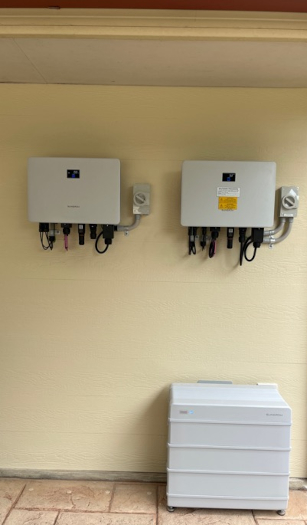
A nice little Sungrow install with solar inverter on the left, hybrid on the right and 3 battery modules. You can see why there is now a cover being supplied to hide the mess hanging off the inverters.
BYD
The battery of choice for Fronius Gen24 hybrid inverters.
Most grid-connect BYD solar battery installs in Australia are paired with Fronius hybrid inverters. As far as I can tell, the Fronius Gen24 is still a well-regarded unit, but a 40-second delay in changeover time to backup mode may cause the customers to shy away. And the work and space required in the switchboard to make a “backup box” for the off-grid functionality has some installers rejecting this solution too.
I don’t understand why Fronius haven’t developed an off-the-shelf solution instead of relying on external suppliers to fill the niche.
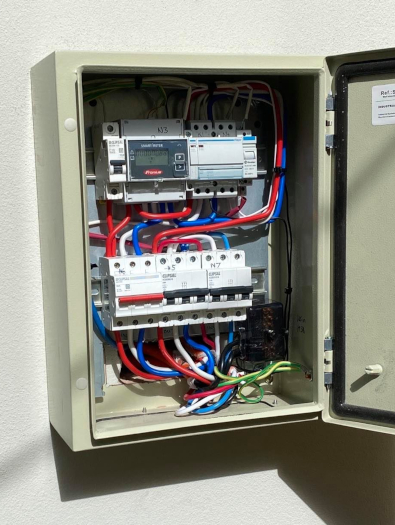
A beautifully built 3-phase Fronius backup box from Joondalup Electrical
Other Battery And Hybrid Inverter Brands
GoodWe seem to have a solid reputation as an up-and-comer, (except the Homekit smart meter…) as well as the budget Huawei Luna offering, which has a few technical features even the premium SolarEdge battery doesn’t offer.
Enphase enthusiasts are still waiting for the second coming of the Enphase battery, but sadly it looks look like it will be low capacity and high price. Again.
Curiously, Qcells batteries haven’t made much of an impression with the installers I spoke to. That’s despite Qcells offering some really strong, well-framed panels and a 15 year battery warranty.
If you’re new to all of this discussion, it might be worth reading back on some of the articles we’ve published previously, and casting an eye over our battery comparison table; which we do our best to keep up to date.
DC Coupling Isn’t Dead
Ten percent of my compatriots expressed interest in having DC coupled hybrids; mainly because they can allow you to push past limits imposed by DNSP connection agreements. As outlined above, SolarEdge allows you to run 200% solar PV to rated inverter capacity. They are more efficient because there are fewer inverters, fewer conversion steps, and less heat generated between DC and AC and DC again.
However, they also attract STC money on full manufacturer spec because they yield more. The AC inverter can handle a full 5kW going to the grid or AC loads, while the remaining 5kW of DC solar can charge the battery simultaneously. It can both walk and chew gum.
There’s still a place for low-voltage batteries
Low-voltage DC coupling with a system based on 48 volt nominal batteries can be set up to have almost infinite amounts of generation coming from your roof. Using a DC regulator and strings of panels up to 450 volts to charge your battery is a traditional off-grid way of doing things. You’ll need the right battery, a properly configured system and the best inverter to make it work well though.
Battery Support Is Critical
If you’re looking at buying a solar battery, it’s worth asking your installer how well-supported the product is and whether they’ve had to manage a warranty claim. These are all new products. I remember not many years ago when home battery suppliers didn’t have consistent terminology or definitions on how to even offer a warranty. Years? Cycles? Kilowatt-hours? it was all in the air.
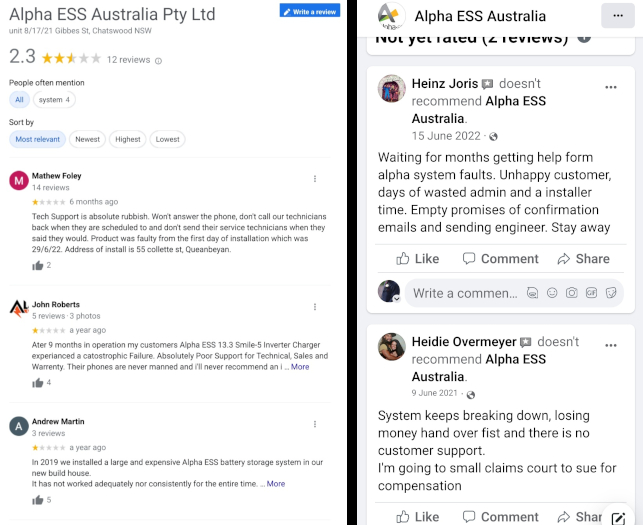
The jokes write themselves. Reviews are polarised, but there’s not much nuanced mid-range feedback for an Alpha ESS. Either you have 5 star happy comments from cheap enthusiasts or more detailed stories of buyer’s remorse.
Plan for the worst, and you may be pleasantly surprised, but don’t go looking for a warranty on a Growatt battery. They don’t publish one and won’t send you any documentation if you ask for it. I’ve prodded them via email and it turns out they simply don’t furnish warranty information. The response was as follows :
Our batteries are guaranteed for 10 years by default and the claim procedure is same as the inverter.
Unfortunately, we do not have the documentation on out website. Becuase (sic) we only sell products to the distributor or installation company. Normally, when the inverter or battery is faulty, the customer will contact the distributor or us, after our examination we will process the warranty claim.
Thanks for your advice, we will add more information on our website in the future.
Thank you for contacting Growatt Australia.”
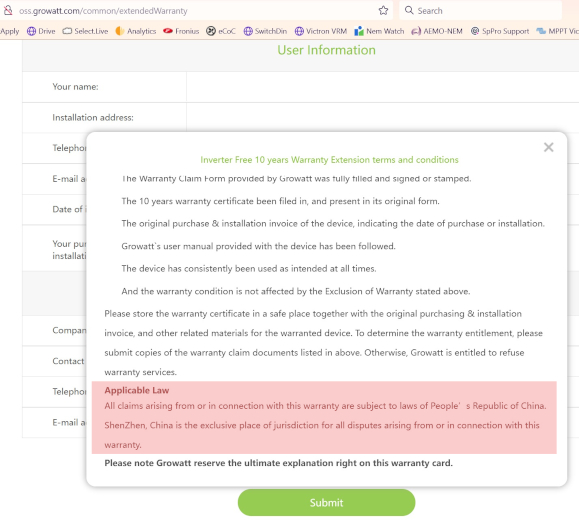
I wonder what Australian Consumer Law would have to say about this warranty?
With Home Batteries, Reliability Is King
Reliability is king. For the customer and the installer, the last thing you want is phone calls, return visits, problem-solving and parts swapping. That’s part of why I insist on changeover switches, so end-users can bypass a system if it goes pear-shaped. Being in the dark when you bought a solar battery to avoid blackouts is a terrible outcome that ruins reputations and sours relations.
It seems the battery industry has settled on 10 years as a default warranty. We are all hoping that they don’t begin the “race to the top” by differentiating themselves with longer warranties. That approach already makes solar panels warranted for 40 years look a little ridiculous.
What I think would be great is a solar battery standard to test against. Like they have fuel consumption guides for cars.
Having read all the product brochures and technical specifications and then searched out and drilled down into warranty documents until my eyes bled, it’s mind-numbing how many differences there are. Although we have a nice big table on SQ, it makes comparisons like this one on AC batteries a difficult undertaking.
Read the full results of the SolarQuotes Installers’ Choice Awards for the best home batteries in 2023 here.
Original Source: https://www.solarquotes.com.au/blog/battery-brands-installer-opinion/

